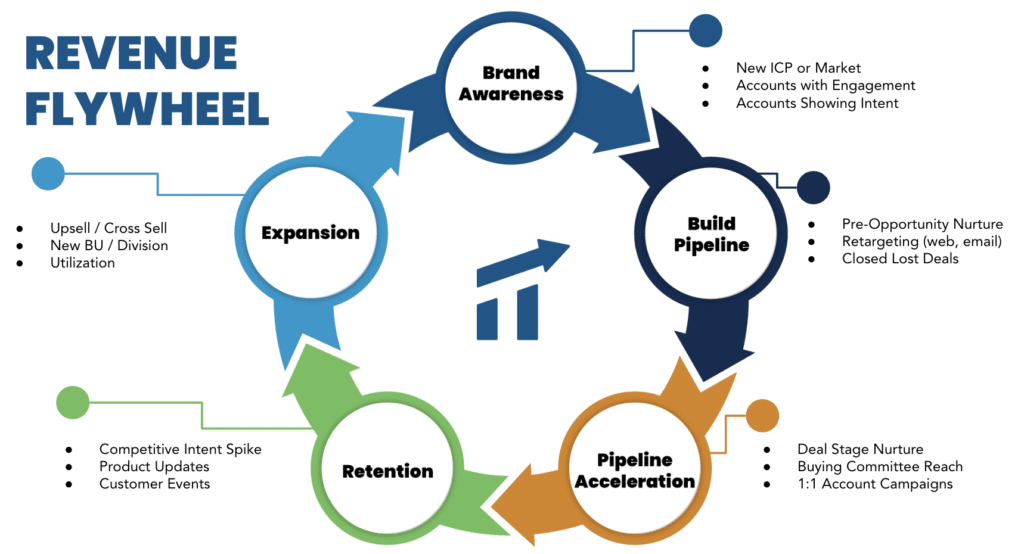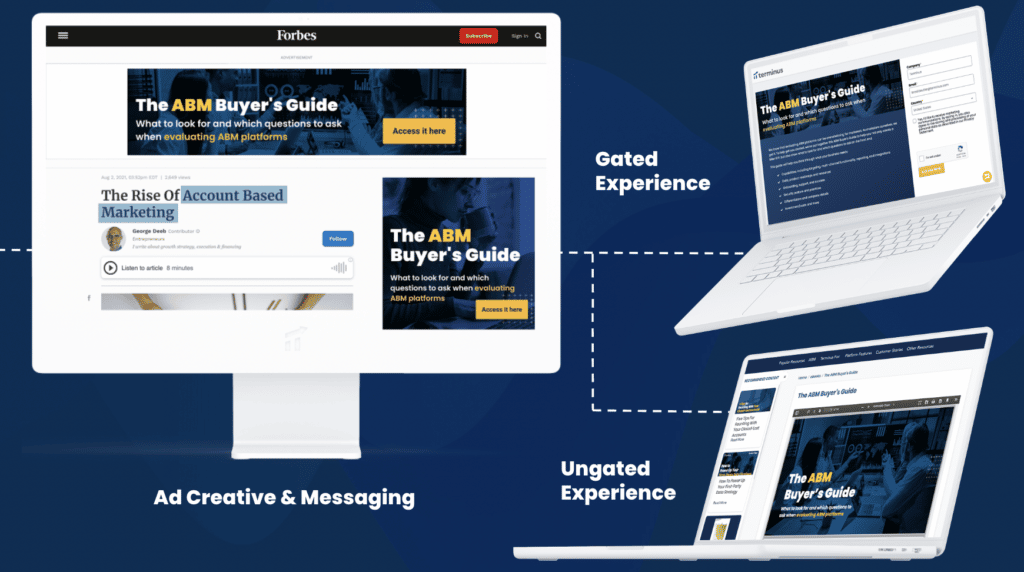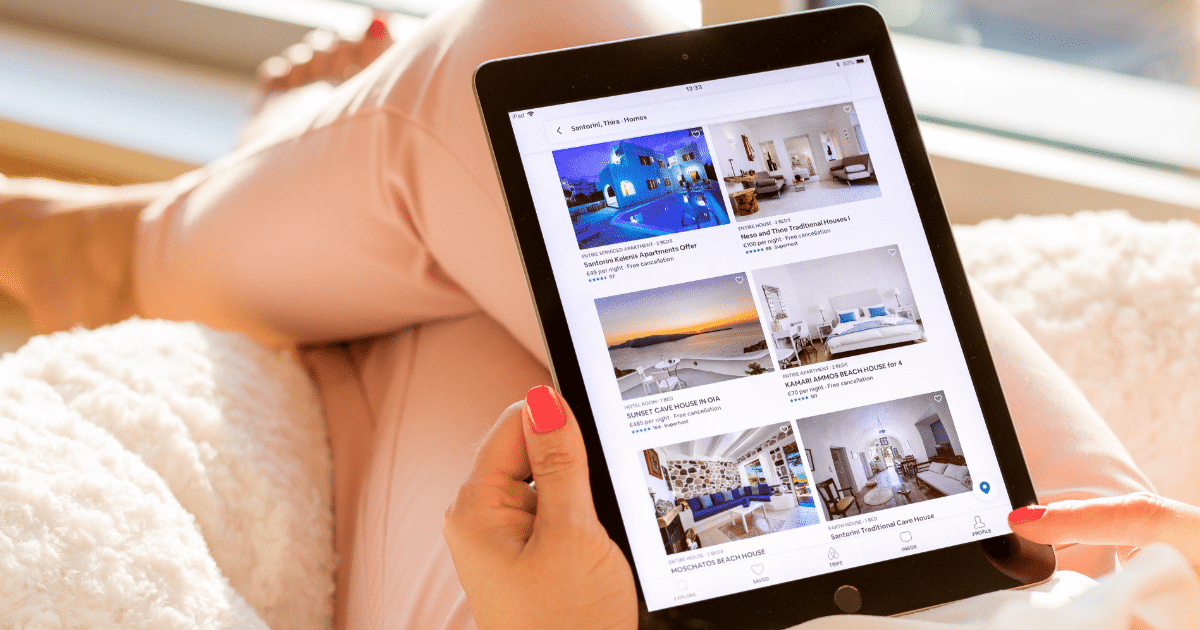
The life of a digital marketer can take on many looks (depending on the day hour), but one thing that we can all commiserate over together is the questions that keep us up at night: “Are my messages reaching the right audience? Why aren’t people engaging? How do my ads look out in the marketplace?”
The struggle is real. And the reality of the situation is that you can have the best creative and landing pages ever, but if you’re not hitting the right audience with the right messaging at the right time, it just doesn’t matter.
Our webinar, “Cohesive Digital Advertising Experiences: Honest Takes and Best Practices,” hosted by Senior Digital Media Manager Riley Gilstrap, discusses how we can make it better and, as a bonus, rest easier at night.
Questions To Ask Yourself: Targeting and Placement
In terms of audience targeting, it’s critical that you’ve done the work of identifying your Ideal Customer Profile (ICP). If you haven’t, you’ll want to go through the process of doing that. Your ads should speak directly to that ICP. You’ll also want to leverage the right data to continue to refine your audience. Using resources like Bombora, engagement spikes and other identified buying signals will help you continue to hit the mark on your audience.
You’ll also need to understand what stage your brand’s relationship with your audience is in. Are you trying to build brand awareness? Build pipeline? Drive expansion? The answers to these questions will help drive your creative and make it impactful. “It’s important to understand that the manner in which you speak to your prospects and customers SHOULD change based on their stage,” says Gilstrap.

When thinking through ad networks and where your creative will live, it’s important that your platform can serve up different types of campaigns. You’ll want to be confident that you’re able to leverage display ads, retargeting capabilities, global customization, LinkedIn advertising, and more. Can your reach only business IPs? Residential? What about strategies around premium ad placements?
Best Practices: Messaging and Creative
Once you’re clear on the persona(s) that you’ll be targeting, it’s time to come to the table with messaging that speaks to the individual. “Jargon” is generally considered a no-go when you’re talking to broad audiences, but when you’re targeting a more refined audience, using more granular messaging can be a big win. It needs to be clear-cut and have a solid next step for them to take. “Learn more” is too broad. Creating a call to action that is specific will get more clicks. Compelling actions like “Take the Quiz”, “Download Now”, and “Sign Up Today” are all tried and true successes.
Cohesion is the name of the game. Do the creative and messaging of your ad set match the landing page? You don’t want the end user to question whether they’ve landed on the appropriate website, so messaging and imagery need to be in lock step throughout the entire campaign. If you miss the mark here, you’ll provide a less-than-ideal experience for your target audience—and it’s no fun trying to fight your way back from that.
After the Click: To Gate or Not to Gate?
“If your creatives and landing pages aren’t cohesive, it can lead to a confusing and less-than-ideal experience for your audience,” warns Gilstrap. When your audience lands on a gated landing page, it’s important to be thoughtful about what you’re asking for. Do you need all of it? If you have required fields, denote them with a small asterisk. Nothing good comes from frustrating a potential customer with a refresh to announce missing information. Indicate what you NEED to move them through the process, and make the other things bonus if they decide to answer.
Yes, your gate needs to be a pillar of the webpage, but don’t forget to start the relationship by sharing with the visitor what they are going to receive in turn for giving their data. This “virtual nod” will help them stay excited (and clear) about what they’ve signed up to receive.

If you’re providing an ungated experience for your content, the “choose your own adventure” path needs to be elevated in another way. If the landing page is difficult or cluttered, you run the risk of losing them, but you still want them to have resources available to continue their journey to learn more. If someone is on your page and is interested in learning more at their own pace, you’ll want to make it easy and natural for that prospect to take the wheel and guide their own journey through the brand.
Takeaways and Best Practices
- Take the time to understand who you are targeting, what the messaging is, and set your goals and expectations prior to launching an ad campaign.
- Work with your advertising platform to pinpoint where you want your ads to live. Think through what networks and placements will perform best for your messaging.
- Focus on cohesion across messaging, landing pages, and throughout the entire experience.
- Whether you’re sending your viewer down a gated or ungated path, be thoughtful about what happens after the click.
- Determine how you’ll measure success and celebrate your wins.
Advertising is the lifeblood of any successful marketing program, and DemandScience leads the way in helping marketers maximize their spend and drive meaningful revenue impact. If you’re ready to get started, we’d love to show you how.










